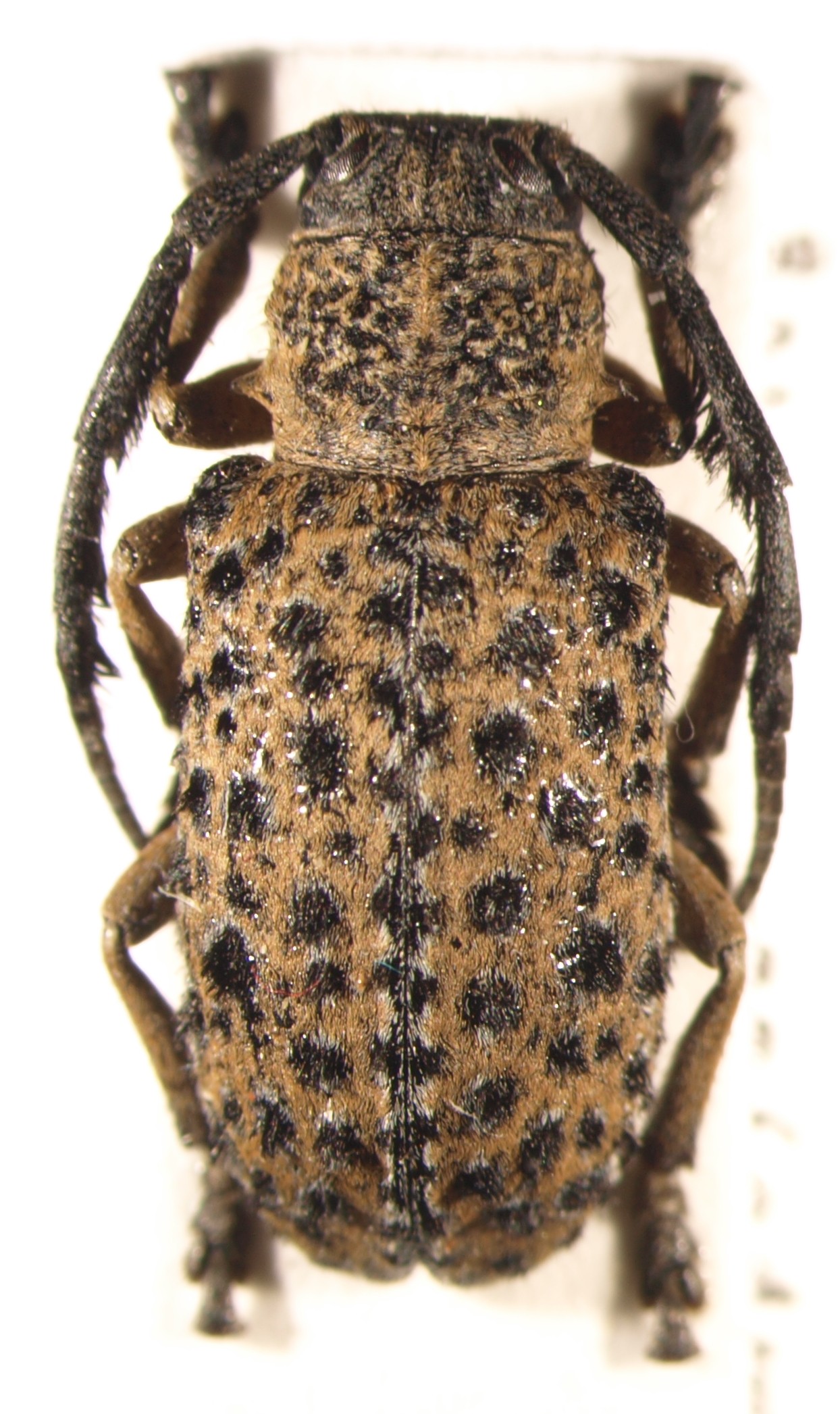| T O P I C R E V I E W |
| Vitali |
Posted - 22/01/2013 : 00:33:59

494.78 KB
This seems to be Gasponia.
But which species? |
| 5 L A T E S T R E P L I E S (Newest First) |
| Francesco |
Posted - 26/01/2013 : 11:33:37
quote:
Originally posted by Carlo
ma perché il pronotum è definito smooth nonostante l'evidente villosità
In effetti c'è un po' un problema sul significato di smooth (= liscio).
In questo caso è in opposizione a gibboso, ma può essere anche usato in opposizione a pubescente, o spinoso... dipende un po' dal contesto. |
| Vitali |
Posted - 25/01/2013 : 17:03:03
Dear Carlo,
Francesco probably meant something else. The original description says about pronotum:
„... dorso lateribus valde rugoso et punctis sparsu, medio anguste fere laevi, basi transversim impresso... „
This should mean that the dorsal surface and sides are strongly and wrinkly punctured, points are scarce and pronotum has a narrow and smooth transverse impression at the base. All these features fit my beetle very well. On the contrary, your beetle has fully pubescent and smooth pronotum.
Another character, which helped to identify the beetle sounds like “…antennis subtus dense nigro-ciliatis…”, which I interpret as “antennae covered by dense black cilia”. Again, except ciliate antennomere, almost entire antennae have light pubescence in your beetles (Gasponia gaurani).
I can send you a copy of the description in Latin if you wish.
|
| Carlo |
Posted - 25/01/2013 : 15:24:39
Ciao Francesco, scusatemi se scrivo in italiano poi magari spieghi tu la mia domanda a Vitali
Io non ho letto la descrizione di Gasponia fascicularis ma perché il pronotum è definito smooth nonostante l'evidente villosità; e la "gaurani" che avevo postato qui è invece completamente glabra?
Presto spero di tornare sul forum con un po' d'Africa e un sacco di dubbi |
| Francesco |
Posted - 24/01/2013 : 22:23:52
Yes, I agree. In particular, the smooth pronotum identifies this species. |
| Vitali |
Posted - 22/01/2013 : 17:09:09
I found an original description of Crossotus fascicularis by Fairmaire.
Black pubescence of antennae and strongly wrinkled punctation of pronotum allow suggesting Gasponia fascicularis (Fairmaire, 1887) for this beetle.
Do you agree? |


